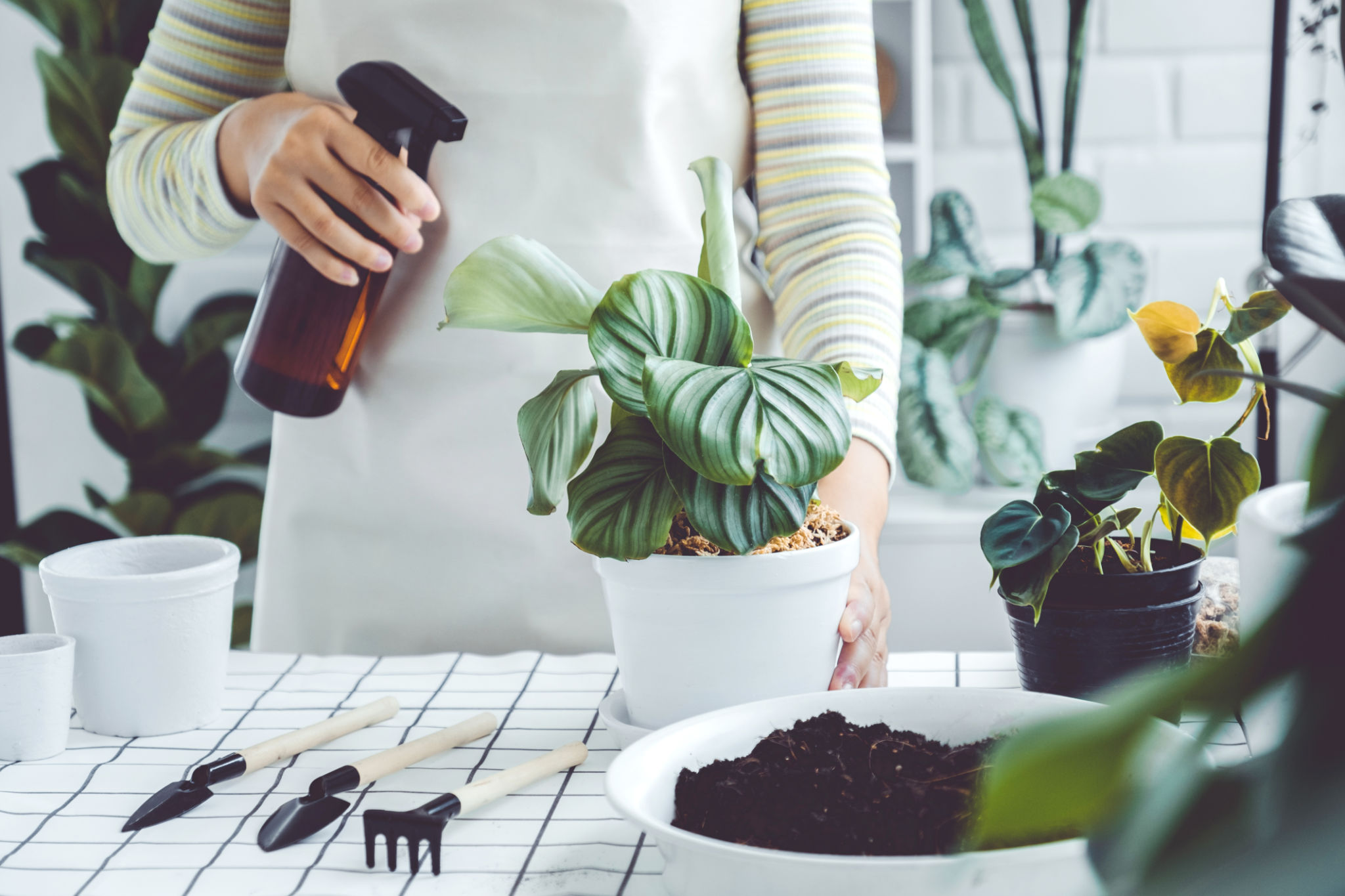Common Misconceptions About Air Purifying Plants: Myth vs. Reality
Understanding Air Purifying Plants
Air purifying plants have become a popular choice for many seeking to improve indoor air quality. However, there are several misconceptions about their effectiveness. In this blog post, we will explore some common myths and reveal the reality of what these green companions can and cannot do.

Myth: All Plants Purify Air
One widespread belief is that all plants have air-purifying capabilities. While it's true that plants engage in photosynthesis, which involves the exchange of carbon dioxide and oxygen, not all plants are equally efficient at removing toxins from the air. Specific species, such as the spider plant, peace lily, and snake plant, are known to be more effective in filtering out pollutants like formaldehyde and benzene.
Reality: Plants Have Limited Purifying Capabilities
It's important to understand that while certain plants can remove some airborne toxins, their impact is generally minimal compared to other air purification methods. Research suggests that you would need a large number of plants to achieve a significant improvement in air quality. Thus, while beneficial, relying solely on plants for air purification may not be practical.

Myth: Air Purifying Plants Require Little Maintenance
Another common misconception is that air purifying plants are low-maintenance. While some species are indeed hardy and require minimal care, others may need specific conditions to thrive, such as particular lighting, humidity, or watering schedules. It’s crucial to research the needs of each plant species to ensure they remain healthy and effective.
Reality: Maintenance Varies by Plant Type
The level of care required can vary significantly between different types of air purifying plants. For example, succulents like aloe vera may need less frequent watering, whereas a Boston fern might demand more attention with regular misting and adequate humidity levels. Understanding and meeting these needs is essential for maintaining their health.

Myth: Plants Can Replace Air Purifiers
Many believe that having a few air purifying plants can replace mechanical air purifiers. While plants contribute to a healthier environment, they cannot match the efficiency of electronic air purifiers designed to handle larger volumes of air and a wider range of pollutants.
Reality: Plants Complement Other Purification Methods
Air purifying plants are best used as a supplement to other methods of improving air quality. They add aesthetic value and can contribute to a calming atmosphere, but for comprehensive air purification, combining them with HEPA filters or activated carbon purifiers is advisable.
In conclusion, while air purifying plants offer certain benefits in enhancing indoor environments, it's crucial to manage expectations regarding their capabilities. By dispelling common myths and understanding the reality of what these plants can do, you can make more informed decisions about incorporating them into your home or office space.